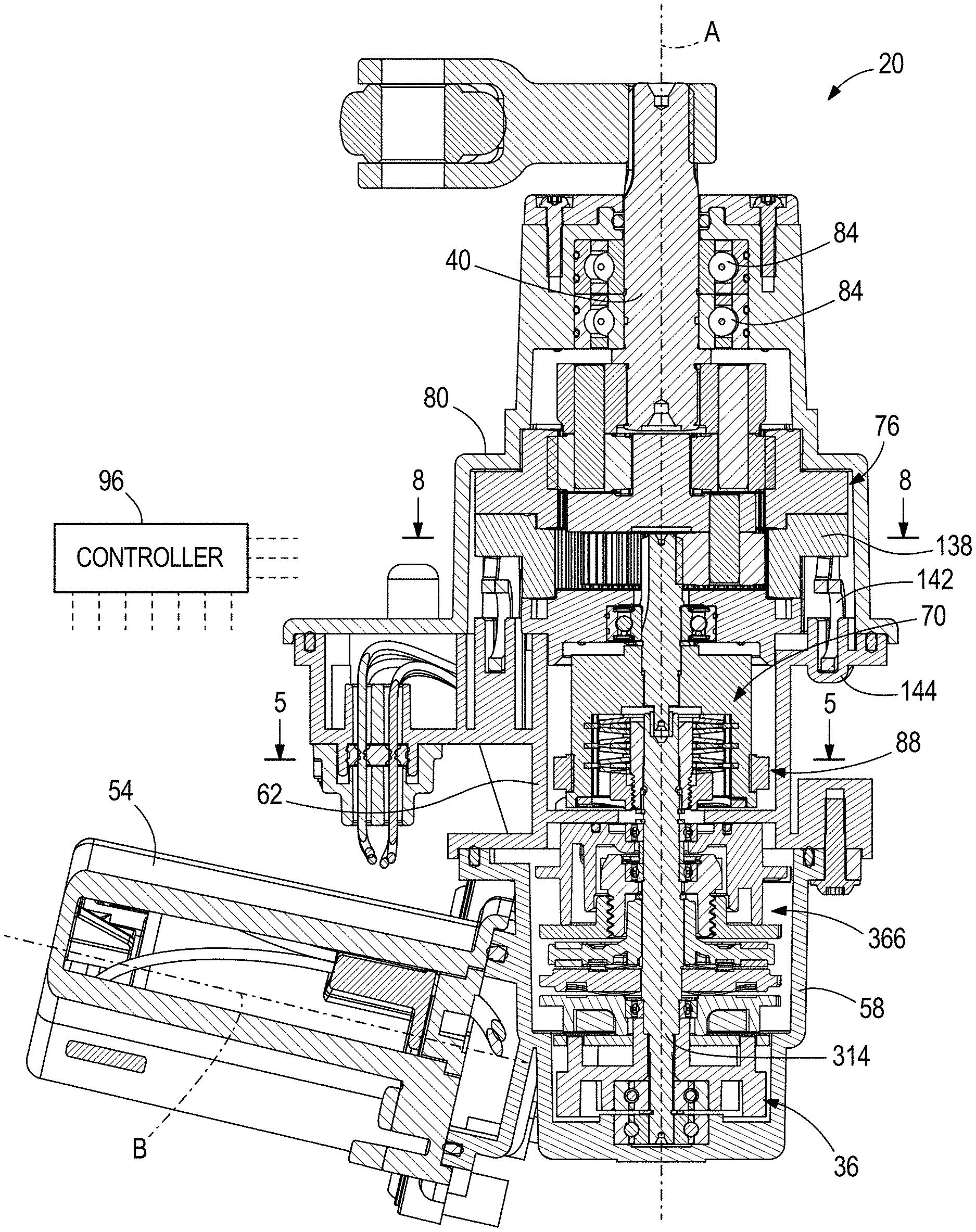Strattec Security has filed a patent for a power closure actuator that includes a shaft, electric motor, and brake device. The actuator utilizes an axially floating rotor and active brake clamp to enable braking through a pinching action. The patent aims to improve the functionality of power closure systems for movable closures. GlobalData’s report on Strattec Security gives a 360-degree view of the company including its patenting strategy. Buy the report here.
According to GlobalData’s company profile on Strattec Security, intelligent access control was a key innovation area identified from patents. Strattec Security's grant share as of June 2023 was 1%. Grant share is based on the ratio of number of grants to total number of patents.
Power closure actuator with braking mechanism for movable closure

A recently filed patent (Publication Number: US20230203869A1) describes a power closure actuator for powering a movable closure, such as a door or window, in a vehicle. The power closure actuator includes an output member that drives the movement of the closure, an electric motor coupled to the output member through a gear reduction stage, and a shaft that selectively transmits power from the motor to the output member.
One of the key features of this power closure actuator is the inclusion of a brake device along the shaft. The brake device consists of an active brake clamp, an axially floating rotor, and a passive backing brake clamp. The active brake clamp is movable along the axis of the shaft and is actuated by an electric brake actuator to apply braking force to the shaft. The axially floating rotor, which rotates with the shaft, has a first axial side that provides a braking surface for frictional contact with the active brake clamp, and a second axial side that provides a braking surface for frictional contact with the passive backing brake clamp. The axially floating rotor is biased away from the passive backing brake clamp by a first biasing member. The deflection of the first biasing member, coupled with the axial movement of the active brake clamp and the axially floating rotor, enables the application of braking force through a pinching action of the axially floating rotor between the active brake clamp and the passive backing brake clamp.
The patent also describes the integration of the brake device with a clutch, forming an integrated brake-clutch unit. The brake-clutch unit is positioned along the shaft, directly adjacent to each other. Additionally, the patent mentions the use of a hub mounted on the shaft, allowing relative rotation of the shaft within the hub. The hub supports an actuation coil of the clutch and a portion of the passive backing brake clamp.
The power closure actuator can be used in vehicles, and the patent describes the inclusion of a controller that communicates with the actuator. The controller receives input from a sensor that detects the force applied to the closure and provides a command signal to the electric brake actuator to apply the braking force. The value of the braking force is based on the inclination of the vehicle, which is detected by an inclination sensor and provided to the controller.
Overall, this patent describes a power closure actuator with a unique brake device that allows for precise control of the movement of a movable closure in a vehicle. The integration of the brake device with a clutch and the inclusion of a controller provide additional functionality and control options for the actuator.
To know more about GlobalData’s detailed insights on Strattec Security, buy the report here.
Data Insights
From

The gold standard of business intelligence.
Blending expert knowledge with cutting-edge technology, GlobalData’s unrivalled proprietary data will enable you to decode what’s happening in your market. You can make better informed decisions and gain a future-proof advantage over your competitors.



